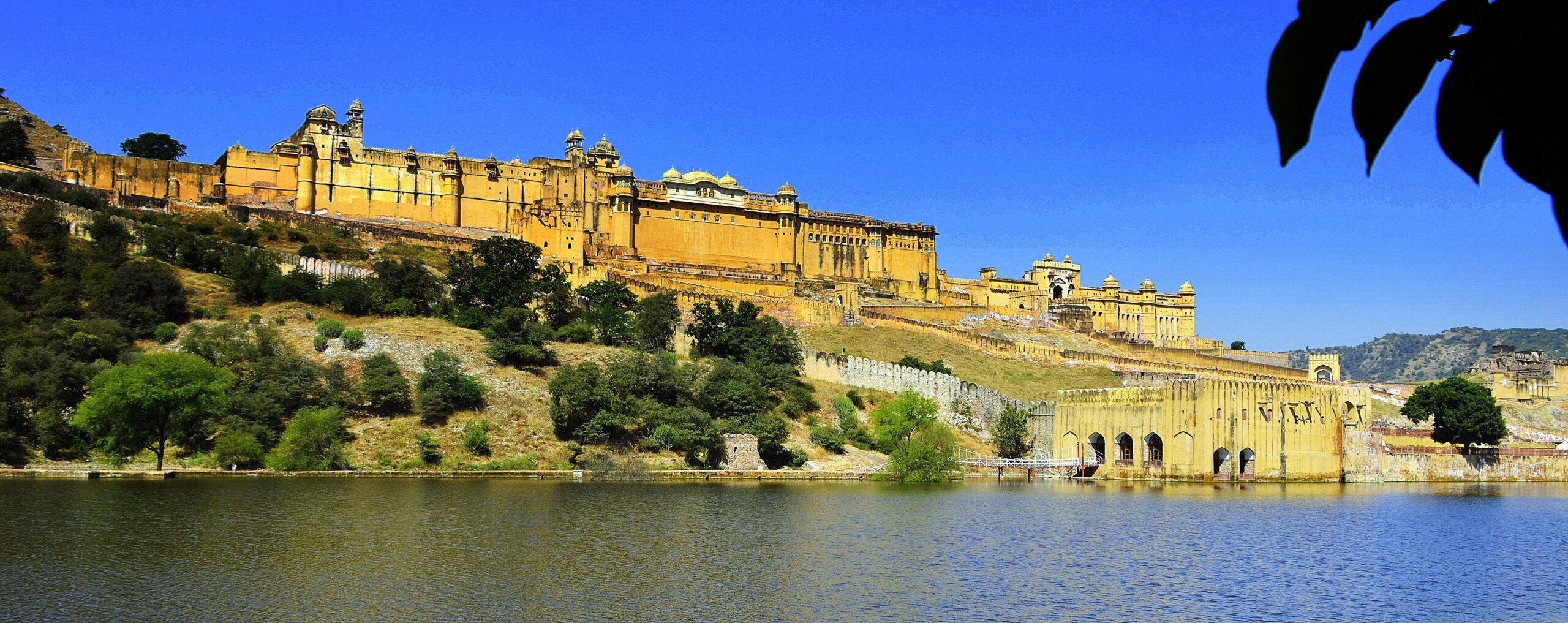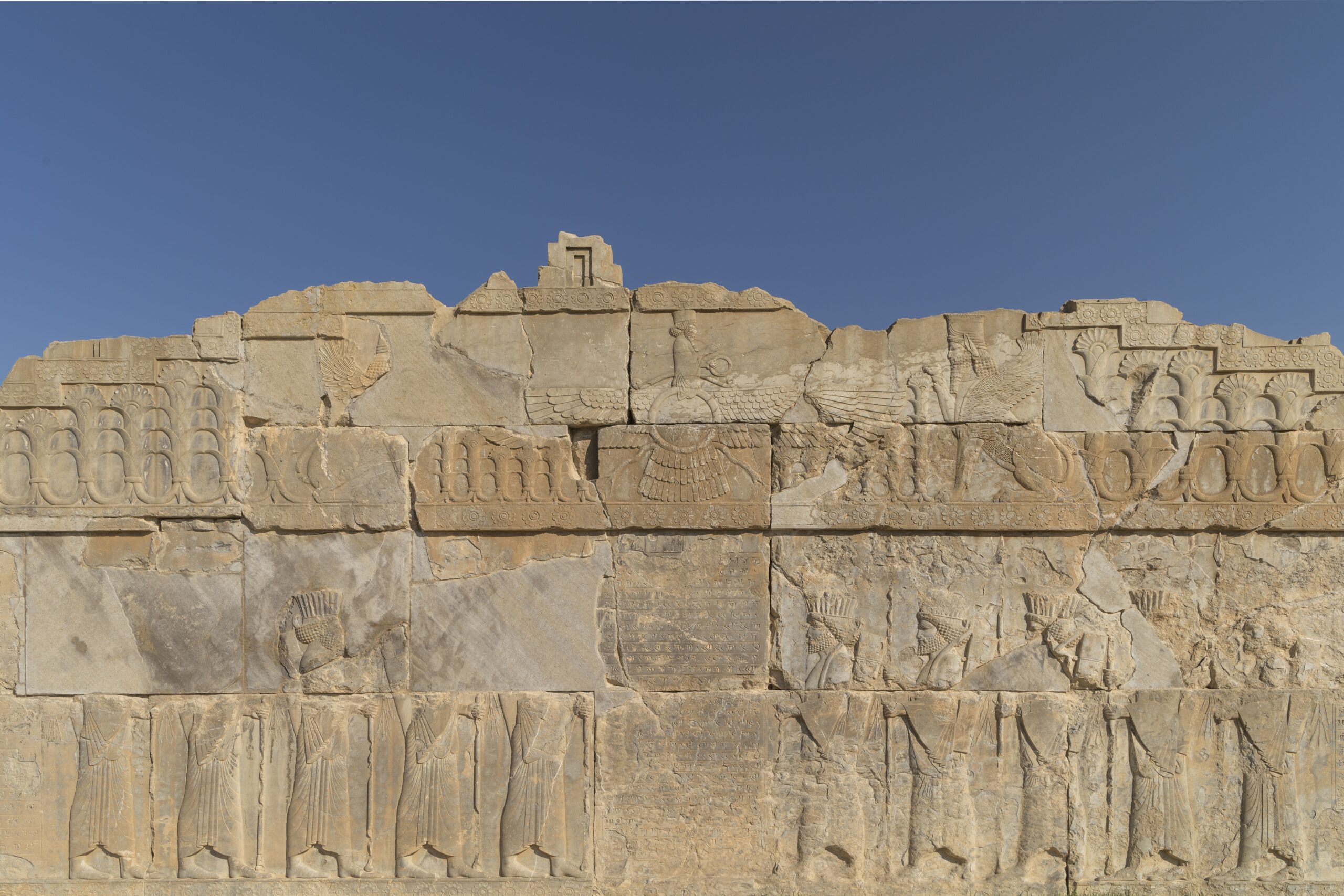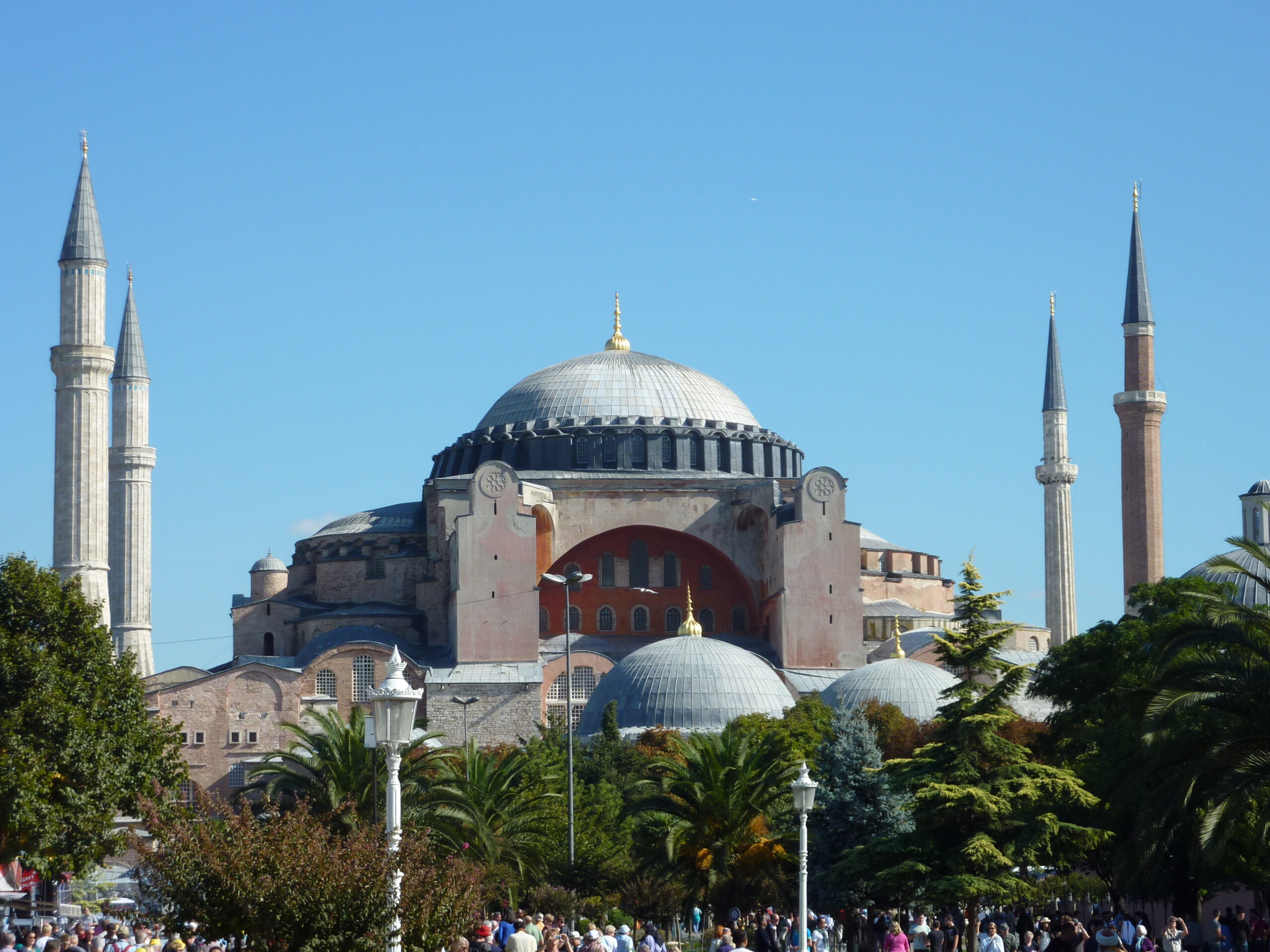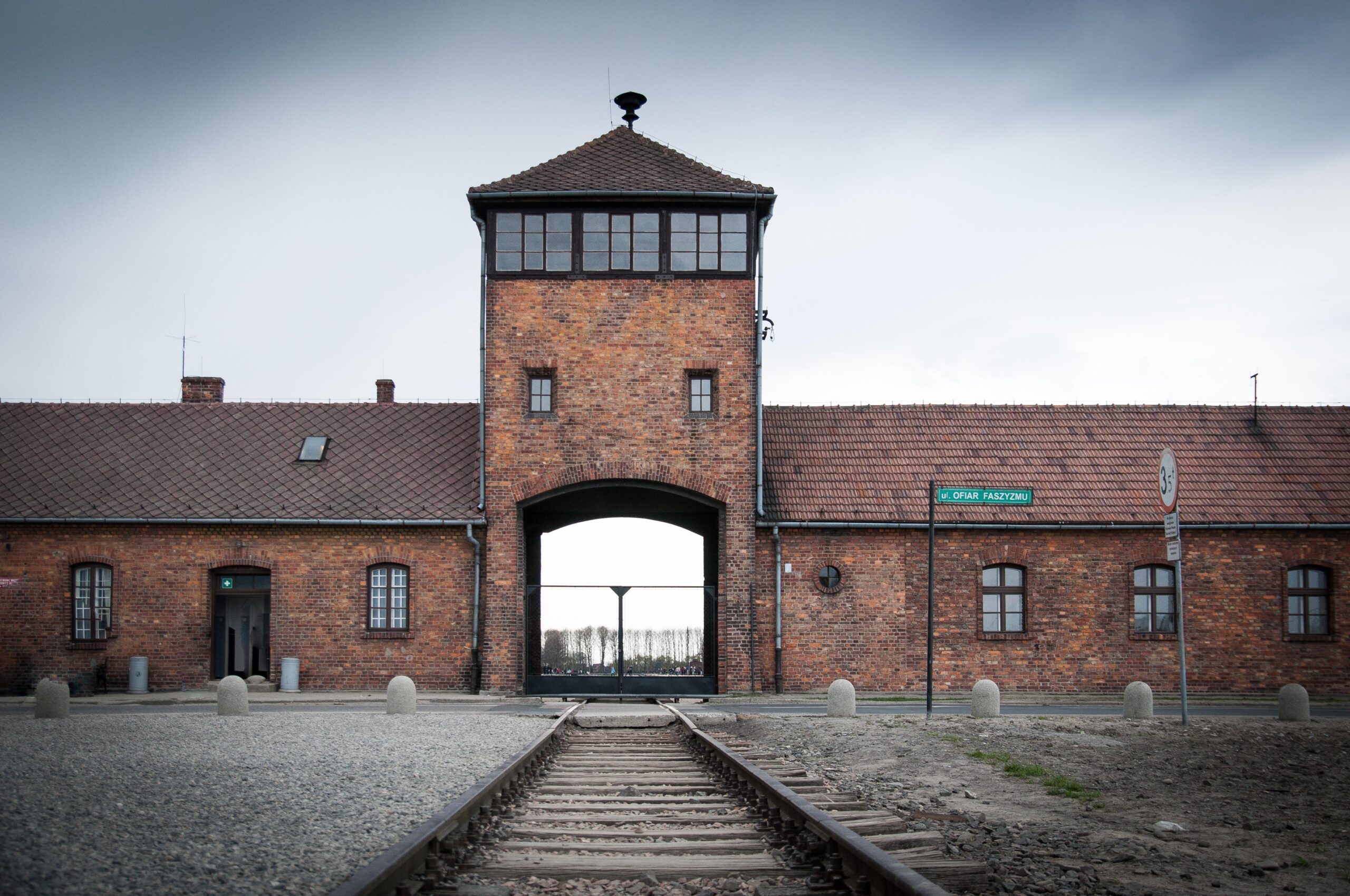Apart from the non-controversial fact that Roma come from India, the rest of the Roma early history is a subject of controversy. When did Roma leave India, where they passed through, whether they came in one or many “waves” all is subject of discussion for lack of “hard” evidence.
Roma left very few traces, that is, until their appearance in the XVth century in Western Europe. There, a proportionally small percentage of the total Roma population of the times, perhaps around 5 to 10 percents, left a trail of often apocryphal documents in the towns archives as well as in the Gadže conscience. It is from that period and this relatively small group that the majority of the prejudices originated.
Language was the source of the realisation that Roma came from India and in fact, its layered structure, with various levels of acquisitions can be read like a road map. To take one simple example, consider the Xaladitka Rroma found in Russia and Eastern Poland. The first layer of their dialect (and its majority) is of Indian (prakrit) origins. To this, one finds Pre Islamic Persian, Armenian, Greek and Southern Slavic lexems common to all Rroma groups – the common trunk. In addition they have German and Polish influences, clearly showing where and how they came from.
The later Roma history, starting in the XVth century or even earlier in the case of Romania is a history of persecutions, forced assimilation attempts, all culminating in the Holocaust during World War Two where many Rroma perished, probably upwards of 1.5 million.
Currently, their situation is often terrible. Subjected to racist attacks, isolated, without prospects, one cannot but fear what will happen.










